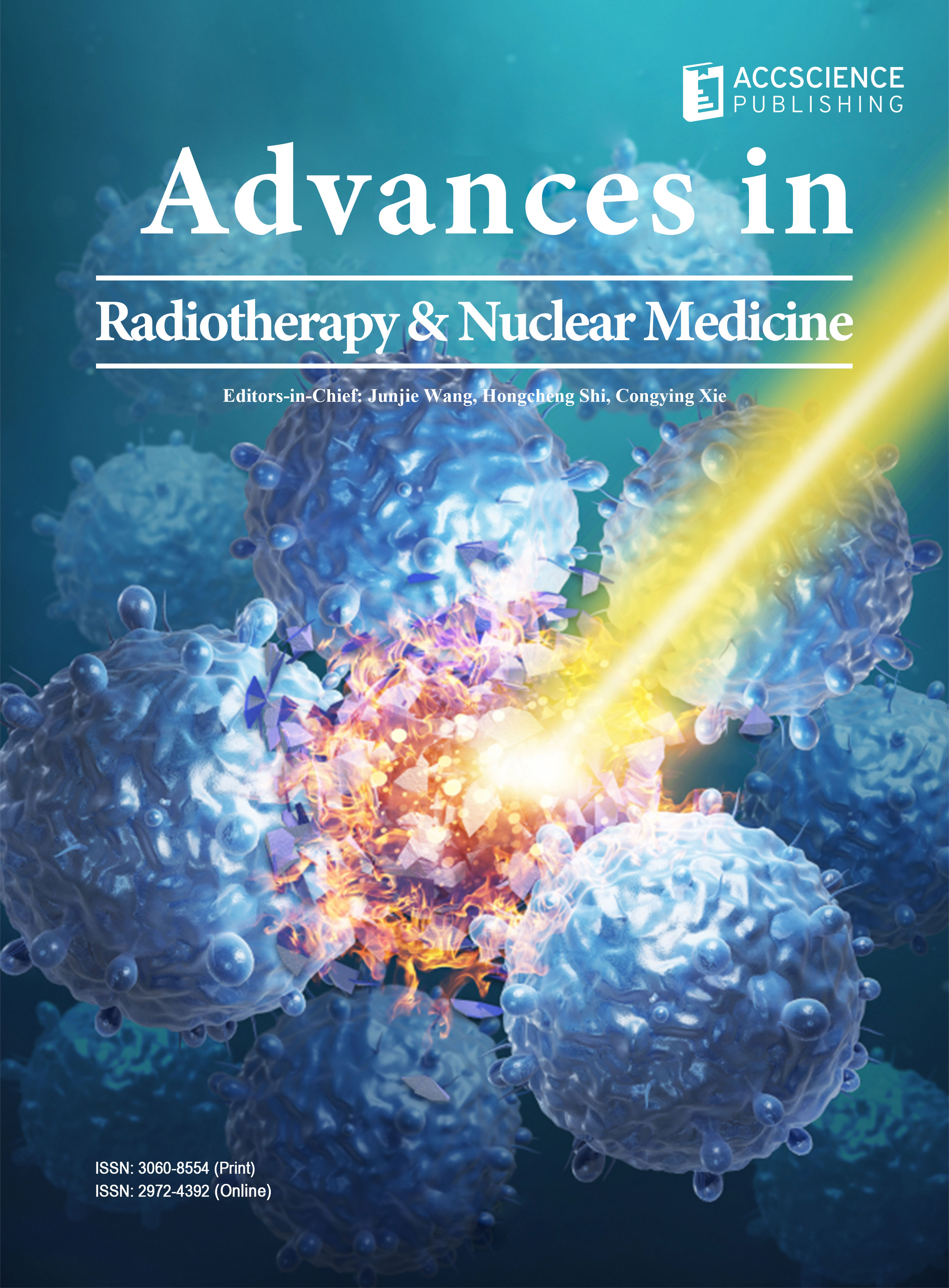18F-FDG PET/CT for the diagnosis and evaluation of antibiotic response in patients with left ventricular assistive device infection: A case report

The left ventricular assistive device (LVAD) is critical for end-stage heart failure patients. Centrifugal flow LVAD recipients have a 4-year survival rate of nearly 60%, with infection occurring in over 50% of patients within 2 years. Herein, we report a case of LVAD infection in a 60-year-old man. The patient presented with fever after 49 days following LVAD implantation. Culture of both blood and areas around the outflow cannula indicated an infection with Enterobacter cloacae and Staphylococcus aureus. After sequential treatment with meropenem and daptomycin, as well as abdominal incisional debridement, the patient’s symptoms of fever disappeared, but the inflammatory markers, such as the erythrocyte sedimentation rate (ESR) and C-reactive protein (CRP) level, remained abnormal. Five 18F-fluorodeoxyglucose positron emission tomography/computed tomography (18F-FDG PET/CT) scans were performed to evaluate the infection. PET/CT revealed infected lesions around the lower segment of the outflow cannula with high FDG uptake. After continuous oral antibiotic treatment for more than 1 year, the infected areas with high FDG uptake around the outflow cannula gradually declined and eventually disappeared, consistent with the noted changes in both ESR and CRP levels in the serum. Multiple continuous 18F-FDG PET/CT scans can distinguish high FDG uptake areas of infection from sterile inflammatory areas, assisting in the accurate diagnosis of infection and evaluation of antibiotic treatment after LVAD implantation.
- Goldstein DJ, Naka Y, Horstmanshof D, et al. Association of clinical outcomes with left ventricular assist device use by bridge to transplant or destination therapy intent: The multicenter study of MagLev technology in patients undergoing mechanical circulatory support therapy with HeartMate 3 (MOMENTUM 3) randomized clinical trial. JAMA Cardiol. 2020;5(4):411-419. doi: 10.1001/jamacardio.2019.5323
- Goldstein DJ, Meyns B, Xie R, et al. Third annual report from the ISHLT mechanically assisted circulatory support registry: A comparison of centrifugal and axial continuous-flow left ventricular assist devices. J Heart Lung Transplant. 2019;38(4):352-363. doi: 10.1016/j.healun.2019.02.004
- Patel CB, Blue L, Cagliostro B, et al. Left ventricular assist systems and infection-related outcomes: A comprehensive analysis of the MOMENTUM 3 trial. J Heart Lung Transplant. 2020;39(8):774-781. doi: 10.1016/j.healun.2020.03.002
- Martineau P, Gregoire J, Harel F, Pelletier-Galarneau M. Assessing cardiovascular infection and inflammation with FDG-PET. Am J Nucl Med Mol Imaging. 2021;11(1):46-58.
- Dejust S, Guedec-Ghelfi R, Blanc-Autrant E, Lepers Y, Morland D. Infection of ventricular assist device detected and monitored by 18F-FDG PET/CT. Clin Nucl Med. 2017;42(9):695-696. doi: 10.1097/RLU.0000000000001736
- Ten Hove D, Wahadat AR, Slart RHJ, et al. Added value of semi- quantitative analysis of [18F]FDG PET/CT for the diagnosis of device-related infections in patients with a left ventricular assist device. Eur Heart J Cardiovasc Imaging. 2022;24:819-828. doi: 10.1093/ehjci/jeac260
- Chen W, Dilsizian V. Diagnosis and image-guided therapy of cardiac left ventricular assist device infections. Semin Nucl Med. 2021;51(4):357-363. doi: 10.1053/j.semnuclmed.2020.11.002
- Dilsizian V, Budde RPJ, Chen W, Mankad SV, Lindner JR, Nieman K. Best practices for imaging cardiac device-related infections and endocarditis: A JACC: Cardiovascular imaging expert panel statement. JACC Cardiovasc Imaging. 2022;15(5):891-911. doi: 10.1016/j.jcmg.2021.09.029
- Ten Hove D, Treglia G, Slart RHJ, et al. The value of 18F-FDG PET/CT for the diagnosis of device-related infections in patients with a left ventricular assist device: A systematic review and meta-analysis. Eur J Nucl Med Mol Imaging. 2021;48(1):241-253. doi: 10.1007/s00259-020-04930-8
- Akin S, Muslem R, Constantinescu AA, et al. 18F-FDG PET/CT in the diagnosis and management of continuous flow left ventricular assist device infections: A case series and review of the literature. ASAIO J. 2018;64(2):e11-e19. doi: 10.1097/MAT.0000000000000552
- Hannan MM, Husain S, Mattner F, et al. Working formulation for the standardization of definitions of infections in patients using ventricular assist devices. J Heart Lung Transplant. 2011;30(4):375-384. doi: 10.1016/j.healun.2011.01.717

